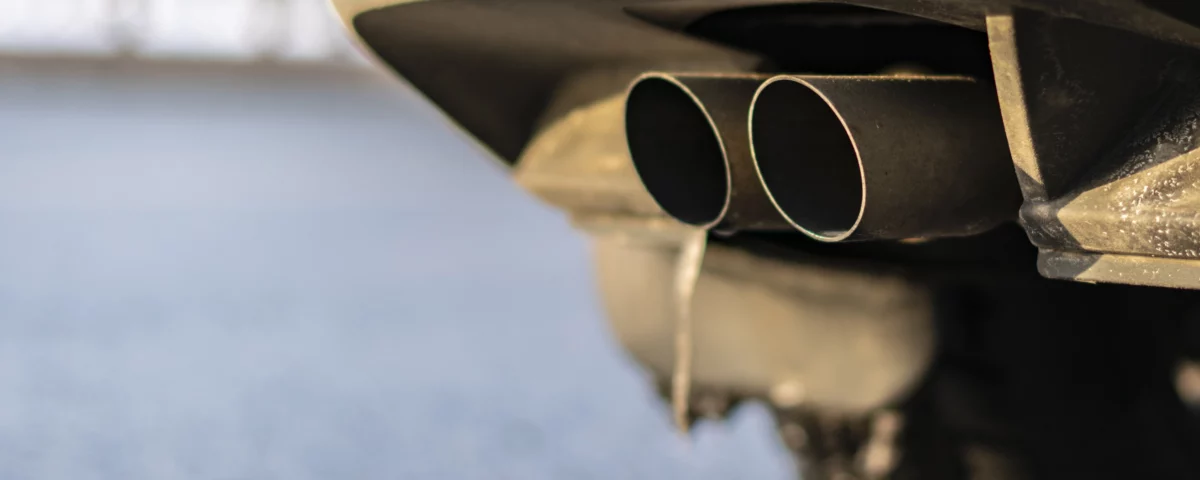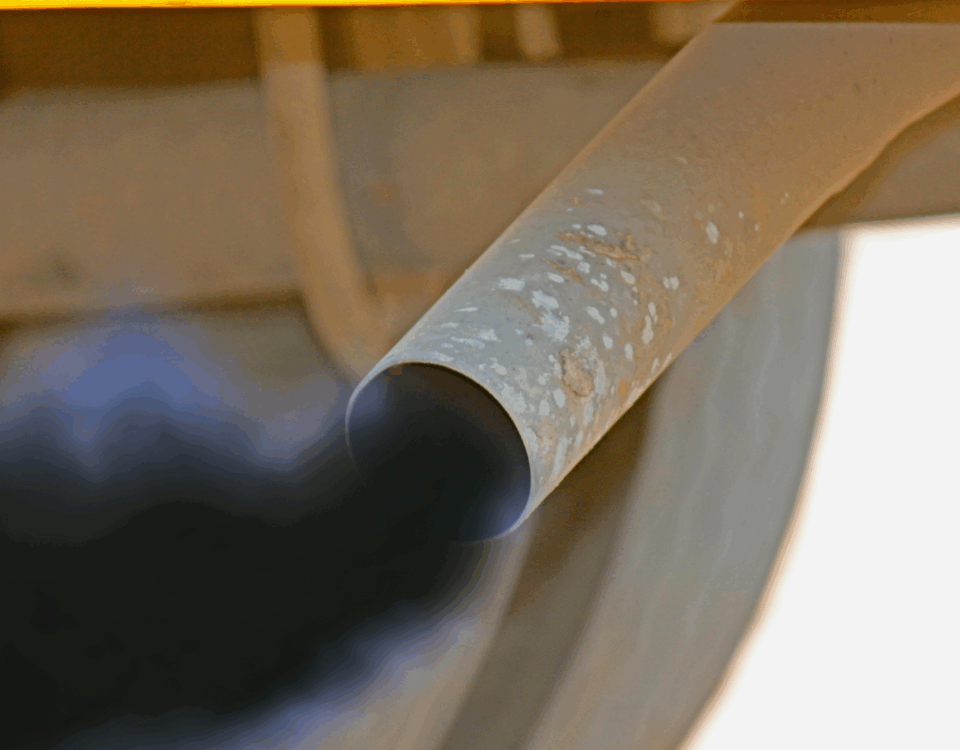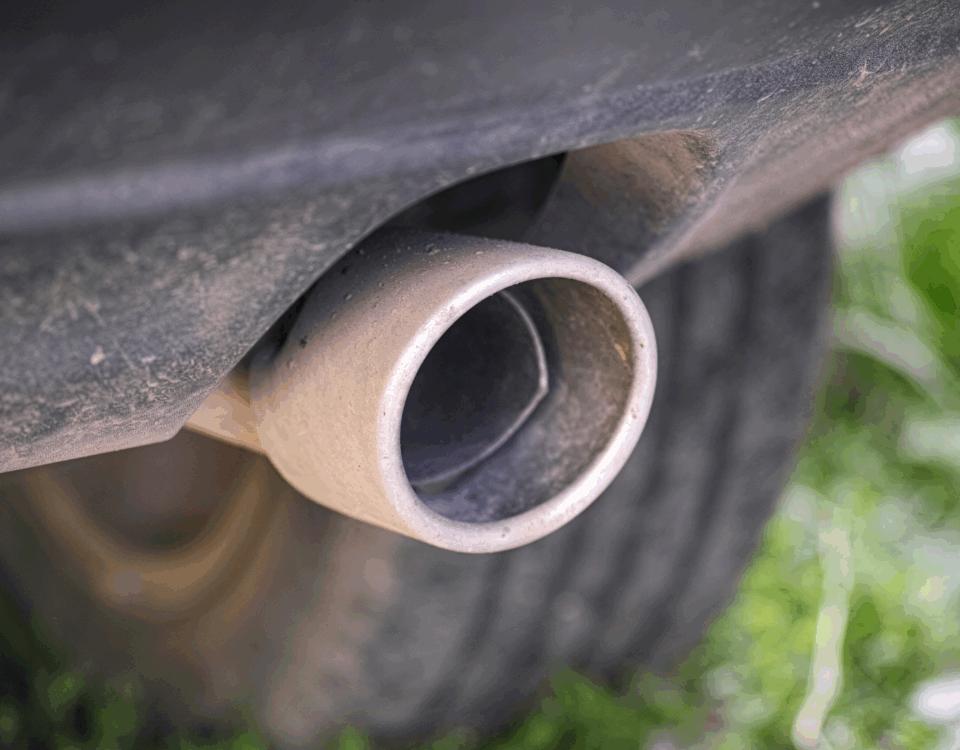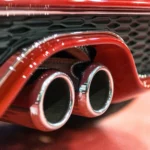
The Essential Equipment Used at Smog Inspection Stations
April 22, 2025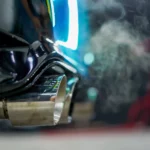
How a Smog Check Differs from an Emissions Test
April 26, 2025How Smog Inspection Stations Ensure Emission Compliance
A smog inspection station performs emissions testing to ensure your vehicle complies with air quality regulations. These stations are equipped with specialized tools that evaluate a car’s exhaust system and pollution levels. Each inspection includes a detailed analysis of a vehicle’s performance and emissions output. Smog inspection stations are a cornerstone in keeping the air clean and public health protected. Knowing what tools are used helps drivers understand the process.
Dynamometers Provide Simulated Driving Tests
One of the most advanced machines at a smog inspection station is the dynamometer. It allows technicians to simulate road conditions by applying resistance to the vehicle’s wheels. This helps measure how the car performs under real-world driving conditions. The emissions are then analyzed while the car is in motion on the machine. This equipment is especially useful for older cars or vehicles without modern diagnostic systems.
Gas Analyzers Are Crucial for Emissions Measurement
Gas analyzers are a critical part of every smog inspection station. These devices test the exhaust for pollutants such as hydrocarbons and carbon monoxide. By evaluating the exact concentration of these gases, technicians can determine whether the vehicle meets environmental standards. Accurate readings are essential, and the gas analyzer must be regularly maintained and calibrated. Without this tool, inspections would lack the necessary precision to be effective.
OBD-II Scanners Are the Digital Solution for Emissions
Modern smog inspection stations rely heavily on OBD-II scanners. These scanners connect to a vehicle’s computer system to read real-time data and error codes. The scanner alerts technicians to any issues affecting emissions, such as a failing catalytic converter or faulty oxygen sensor. This tool is a key component for testing vehicles made after 1996. It reduces testing time while offering highly accurate insights into engine performance and emissions control.
Specialized Equipment Detects System Leaks
Many smog inspection station also use smoke machines and vacuum testers to identify leaks in the emissions system. Leaks can allow fuel vapors to escape into the atmosphere, contributing to pollution. By introducing smoke or using pressure to test the system, technicians can pinpoint problem areas quickly. Identifying and repairing leaks ensures the vehicle passes the test and operates cleanly. These tools are essential for ensuring complete emissions system integrity.



